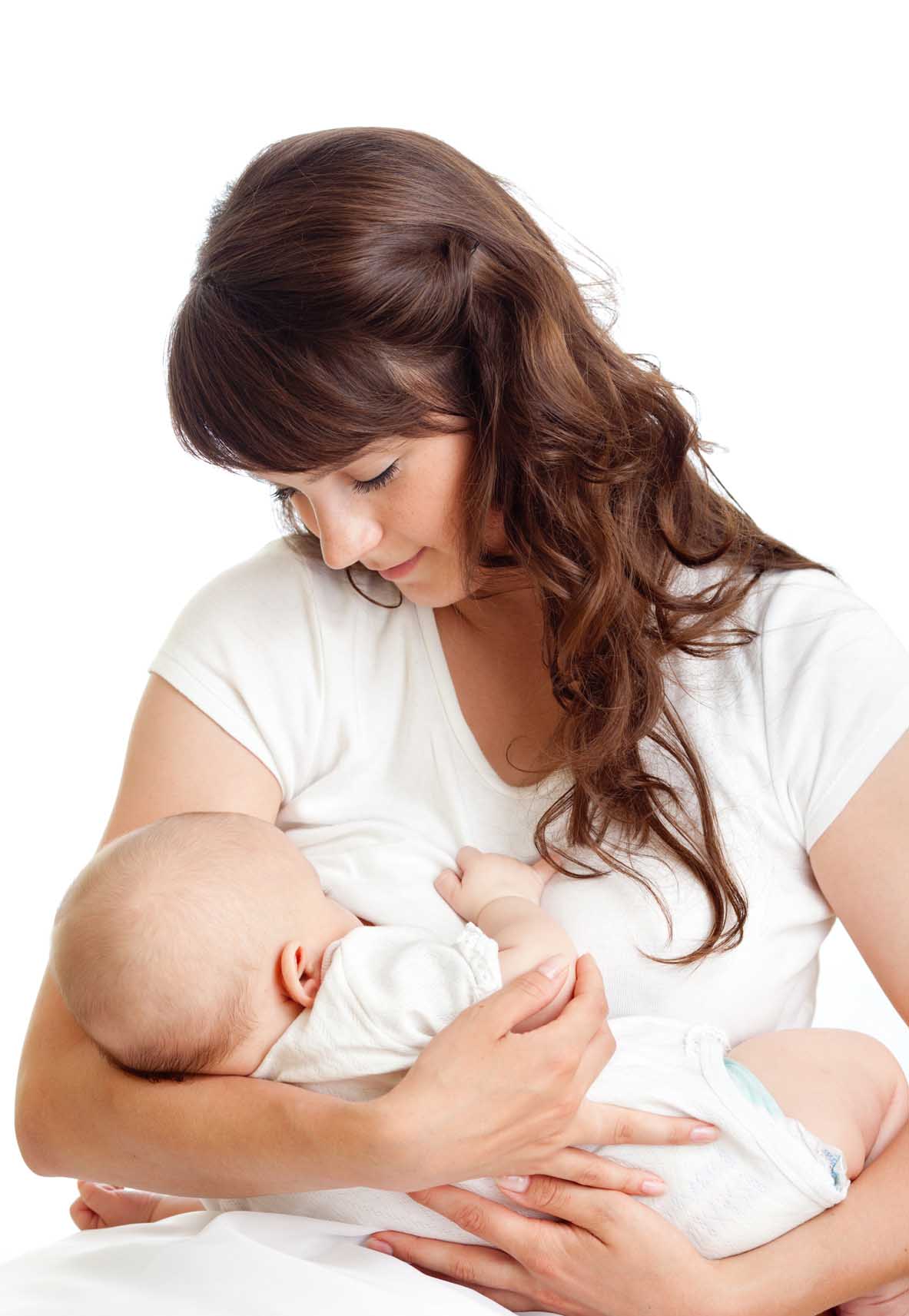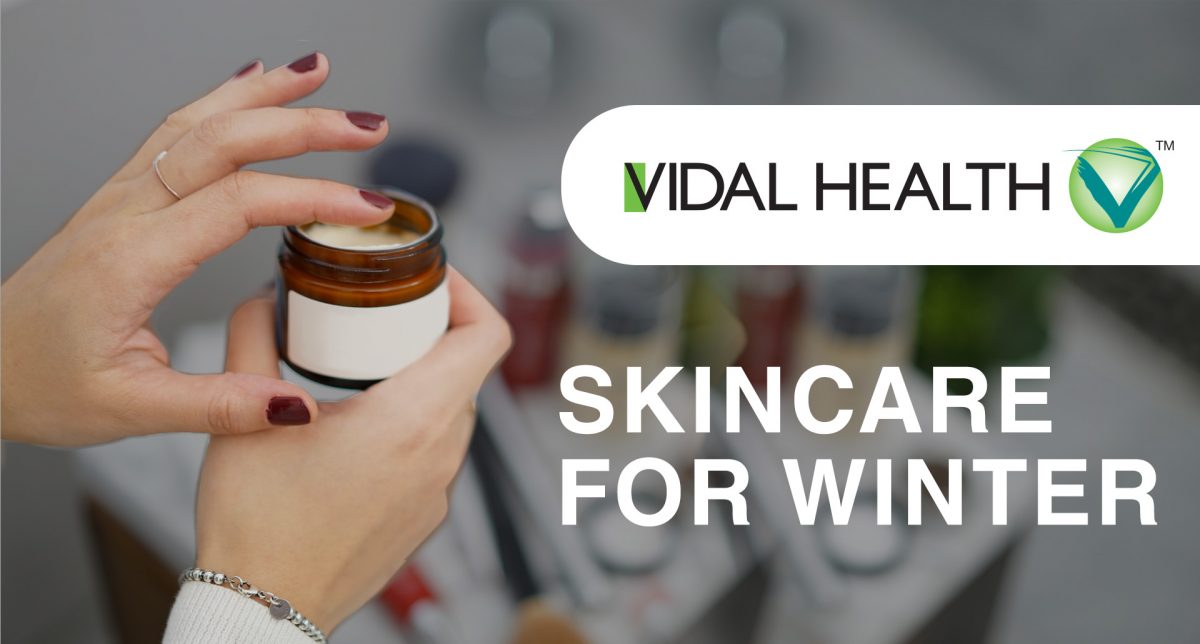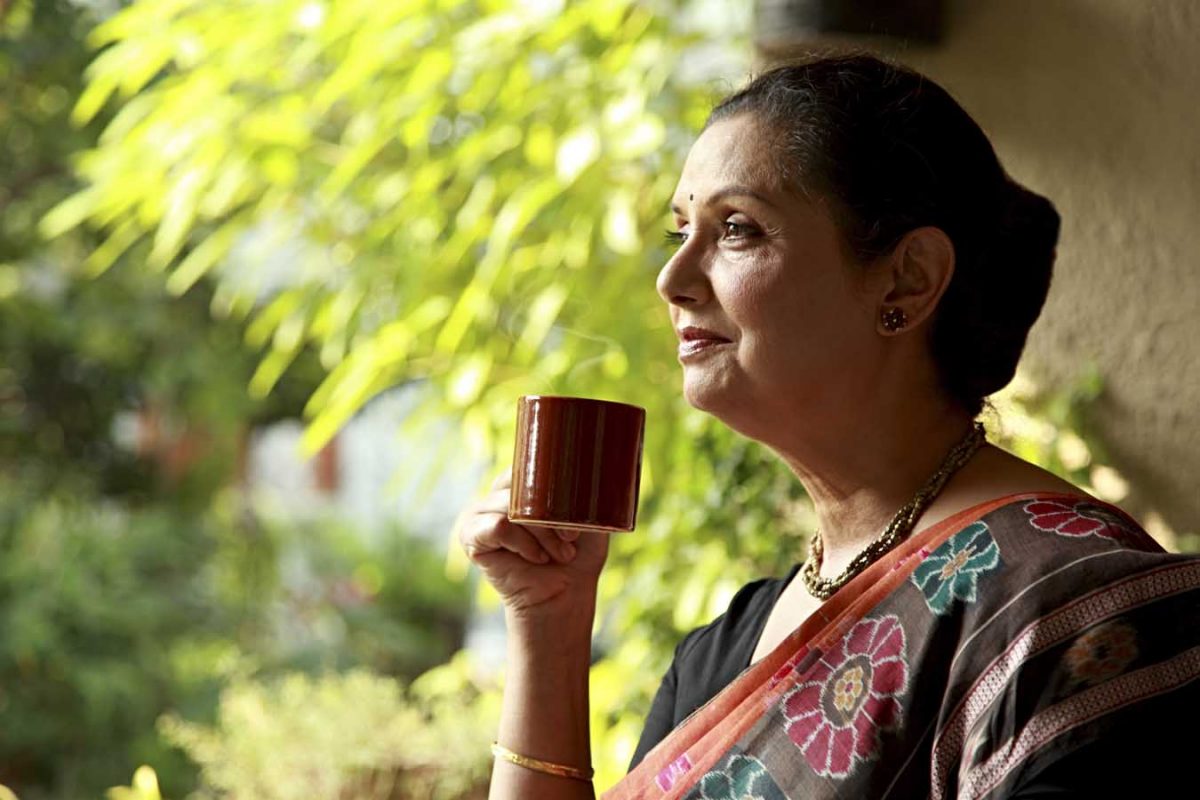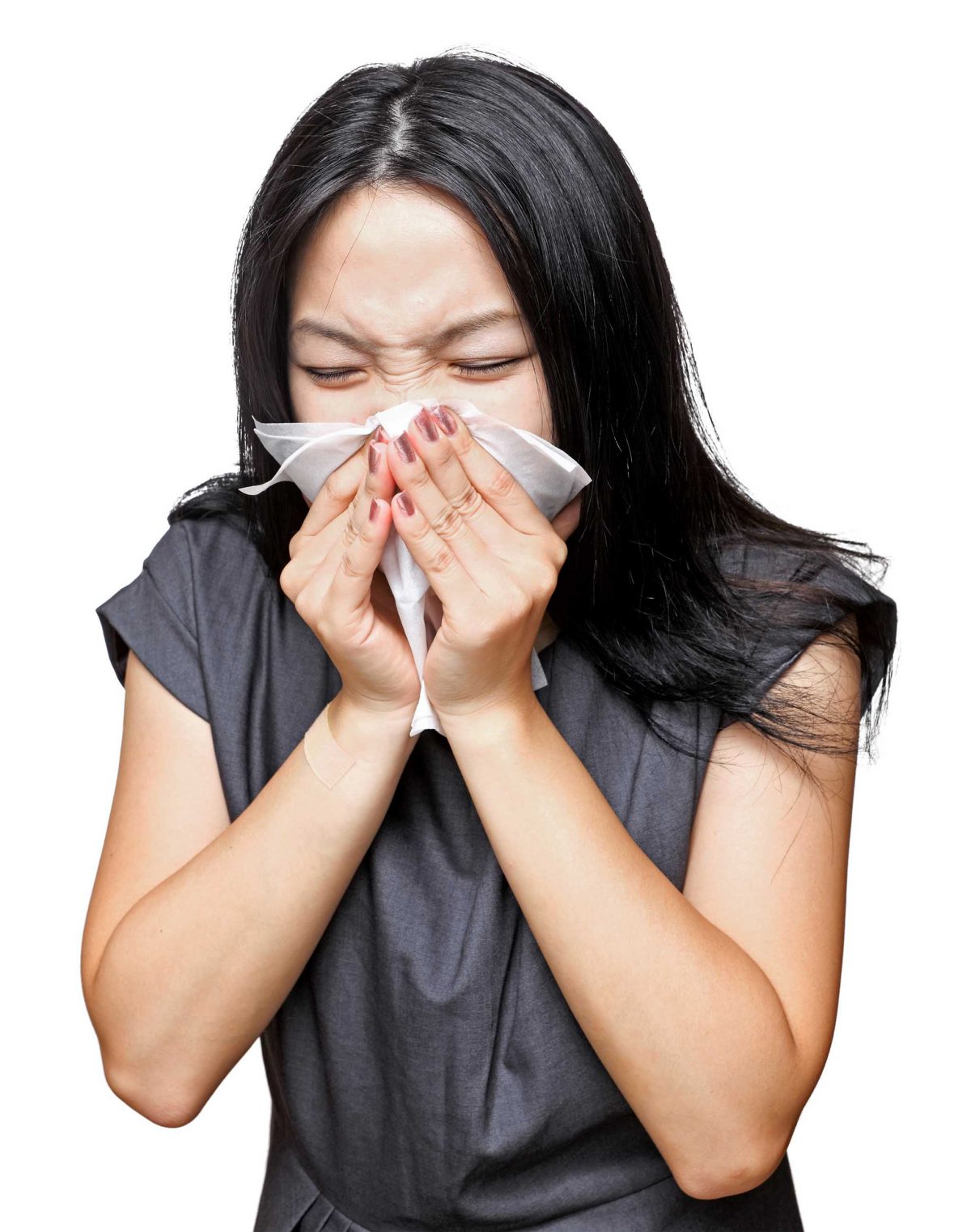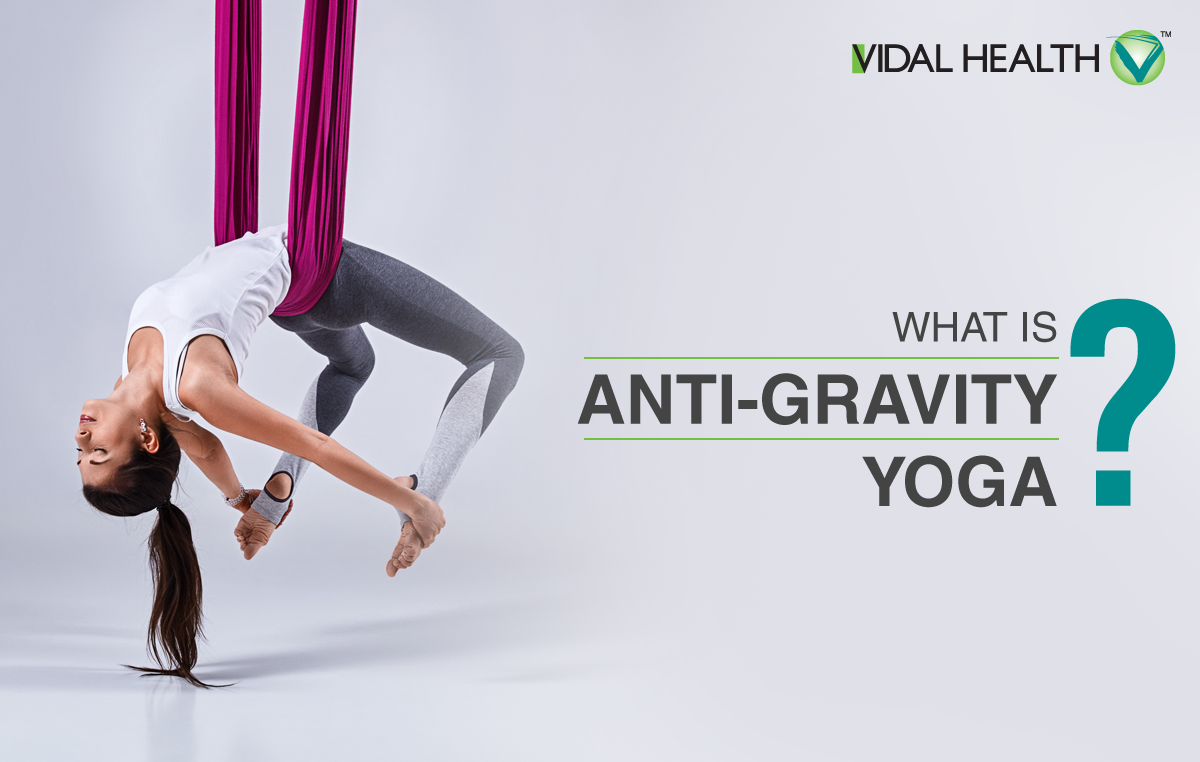Breast is best – for mom and baby
Breast milk is the first and the most important thing you can feed your baby. Besides being the primary source of nutrition it also gives the baby essential ammunition against physical ailments.
Why is breastfeeding good for the mom and baby?
Breast milk is one of nature’s wonders. The initial milk, a thick yellowish fluid known as colostrum, is considered liquid gold because of its rich nutritious value and the antibodies it contains. An ideal food for a young newborn child, breast milk is his/her first line of defence against a host of diseases. But it isn’t just the baby that benefits from breastfeeding; the mother too feels the love- literally. Here’s how…
Fact: Breast milk fights disease.
Most infants on formula milk are prone to ear infections, diarrhoea, asthma, obesity and necrotizing enterocolitis (commonly affecting the gastrointestinal tract of preterm babies). This is primarily because formula milk just cannot replicate the cells, hormones, vitamins, and antibodies present in breast milk.
Fact: Breast milk is digestion-friendly.
The tender digestive system of newborns and especially that of preterm babies is very sensitive; breast milk, therefore, is easier for them to digest because it is lighter than cow’s milk and formula. It is such that it provides the right amount of sugar, fat, protein, and water to help the baby grow nourished with the proper nutrients that it requires.
Fact: Breastfeeding increases the mother-child bond.
It is true the newborns crave ‘touch’. Out of the womb and in new surroundings the newborn baby benefits greatly when given the skin-to-skin contact while breastfeeding. The mother too benefits from this closeness as her body produces oxytocin, a hormone that helps in the flow of milk and also acts as a relaxant for the mother.
Fact: Breastfeeding keeps mothers happy and on-the-go.
Because it is so easily accessible, breast milk is great for mothers as they do not have to worry about the hassles of sterilizing bottles, stocking up on formula, measures, etc. For a new mother, this makes life so much easier to deal with. Moreover, it also reduces costs because breast milk is free! According to research breastfeeding is also a contributing factor to reducing the incidence of type 2 diabetes, ovarian cancer, postpartum depression, and breast cancer in women.
Fact: The community benefits!
Healthy breastfed babies are less likely to fall sick often, that means their mothers have fewer days off work and can contribute to the workforce as productive individuals. Also, these babies have a higher chance of being healthy grownups that are less likely to develop allergies and serious illnesses such as diabetes and be productive members of the community that will help develop it further. And last but not least, breastfeeding also contributes to the environment by being a waste-free activity – there is no trash generated by breastfeeding!
Fact: Breast feeding can save your baby’s life in an emergency
In a situation of emergency, breastfeeding is the most viable option for a tiny baby. Suppose if conditions arise when the water is not purified and there is no means to formula or sterilization, then breast milk is the safest option for the baby. Even the temperature of breast milk is such that it helps prevent hypothermia in babies.
Now that we have learnt the benefits of breastfeeding let’s talk about how to breastfeed.
Breastfeeding is all about practice. It is no easy task as a lot of mothers go through a tough time getting their babies to latch on, dealing with sore nipples and of course it is an activity that needs to be repeated every 2 hours so it pretty much takes up all your energy. However, the good news is that once you get the hang of it and your baby learns to do the same, life becomes so much easier.
Tips to prepare for breastfeeding
- Believe that you can and make it happen. Confidence is the key, once you’ve made up your mind to breastfeed then be strong in that commitment. Remember, your body makes as much milk as your baby withdraws from it so the more he/she suckles the more you will produce.
- Do it immediately or as soon as possible after childbirth.
- Instruct the people around you to refrain from giving the baby any formula milk; let him/her get used to yours.
- Most hospitals have lactation experts, take their assistance. If not then ask your midwife to guide you.
- Feed as frequently as possible, even though the night, initially.
The five steps of breastfeeding:
- Babies are instinctual; he/she will search out your breast when you are close with the lips and mouth. Once they get the nipple they try to ‘latch’ on and start feeding. Make sure you get into the right position to get your baby to latch properly and feed.
- First, hold the baby upright close to your chest with his/her head under your chin. It is advisable to have skin-skin contact so make sure the baby is wearing only a diaper, against your bare chest. The baby will be warm and comfortable between your breasts; you can cover up with a blanket.
- Supporting the head, neck, and hips of the baby bring it close to your breast. This is the point the baby will search for the nipple if he/she is awake.
- The breast should be allowed to hang naturally and as the baby feels it with his/her cheek; he/she will go for the nipple. It might be necessary to help the baby latch on at this point by guiding the mouth to the nipple.
- At this point, the baby should have his/her chin pressed against the nipple and the nose being opposite to the nipple. This will help the baby get a large mouthful of the breast for a deep latch. Don’t worry if you see the nostrils of the baby flaring, they are perfectly adept at breathing while feeding at the breast.
Once latched on correctly, the baby will feed to his/her requirement. And once they both of you get used to it then there really is no looking back. Ideally, a newborn should feed at least 8 to 12 times every 24 hours, that is almost every 2 hours and each feed can last anything from 15 to 20 minutes. But nothing is set in stone as each baby has his/her own requirement. You just need to be cued to what your baby wants and what his/her schedule is like.
Comfortable breastfeeding holds
There are some classic techniques that women use for an easy and comfortable feed. You could try any of them to see which suits you and the baby best. You could add a pillow or cushion for supporting your back and arms or simply resting the baby on it too.
The Cradle Hold:
This is the most common position for mothers. Just hold the baby with his/her head on your forearm and the tiny body facing you.
Transitional or Cross Cradle Hold:
This position is good for preterm babies or those who are weak at sucking as it gives them the extra head support to remain latched to the breast. In this hold, you need to support the baby’s head with the opposite hand to the breast your are using and cradle the baby in the forearm of the same hand as the breast.
The Clutch or Football Hold:
This is especially helpful to mothers who have had a c-section, or those who have large breasts or inverted nipples. This hold keeps the baby upright and away from the c-section area. In this hold, you need to keep the baby lying on his/her back and the head level to your nipple. You should support the baby’s head in your palms and guide it towards the nipple.
Side-lying Position:
The best position if you want to have a good night’s sleep or have had a c-section. You can just lie on your side facing the baby so that his/her mouth is right at your nipple.
How long should breast feeding be followed?
It is advisable to keep the baby on breast feed for a minimum period of 6 months exclusively and then slowly take another 6 months to wean them off completely. However some mothers continue breast feed along with baby food for as long as 2 years or more.
Breast feeding is one of the first real ‘connections’ that you have with your baby. Give it time, commitment and patience and you will find the benefits in not only the baby’s health but in yours as well.
Put this in a box please:
Making it work
Breast feeding is a challenge for the mom as much as it is for the newborn baby. Here are a few things to keep in mind as you embark on your motherhood journey.
- Learn the signs: Hungry babies have a way of showing it. Some will put their fist in their mouth; others will become more active, while others may just scream till they wake up the entire neighbourhood. So know how to read the signs and feed the baby when he/she demands it.
- The hind milk: Make sure you give your baby the thicker, fattier, milk by making sure he/she finishes whatever is in the breast. Offer the other breast to the baby if you feel that the baby needs it.
- No nipple confusion: Pacifiers, bottles, supplements of infant formula, if used in the first few weeks, confuse the baby and may result in the baby rejecting breast milk. So avoid it as much as you can.
- Keep the baby close: Sleeping close to the baby ensures that you are able to feed well in the night and also avoids the incidence of SIDS (sudden infant death syndrome).
- Wake the baby: If the baby has gone without feed for more than 4 hours then you should wake the baby and feed it.




